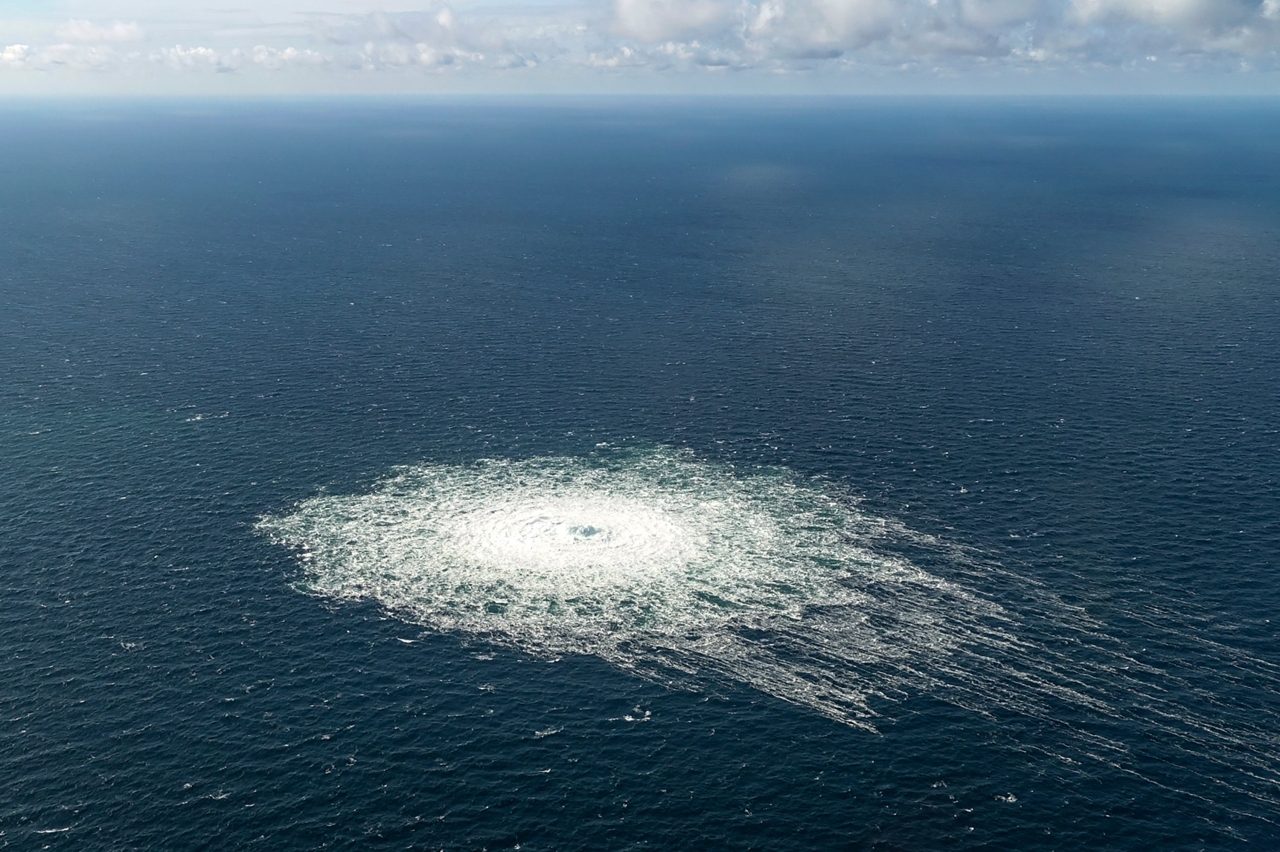
The ruptures on the Nord Stream pipelines in recent days have produced likely the largest single release of methane into the atmosphere ever recorded, according to the United Nations Environment Programme.
Manfredi Caltagirone, the leader of the program’s International Methane Emissions Observatory, told Reuters on Friday that an analysis of satellite imagery detected a large amount of highly concentrated methane coming from the pipelines.
“This is really bad, most likely the largest emission event ever detected,” Caltagirone said. “This is not helpful in a moment when we absolutely need to reduce emissions.”
Multiple leaks have occurred in the Nord Stream 1 and Nord Stream 2 pipelines, which carry natural gas from Russia to Germany to supply Europe.
Some European leaders have said they believe the leaks resulted from intentional sabotage by Russia, who is trying to increase economic pressure on Europe as it continues to support Ukraine against the full-scale Russian invasion.
President Biden reportedly called the leaks a “deliberate act of sabotage,” and Sen. Chris Coons (D-Del.) said they were likely an “act by Russia.”
Reuters reported that researchers estimated the leak rate from one of the four breaches was 22,920 kilograms per hour, about equal to burning 630,000 pounds of coal every hour.
Methane has more than 80 times the warming power of carbon dioxide over the first 20 years in the atmosphere, although carbon dioxide has a longer lasting effect, according to the Environmental Defense Fund.
Russian President Vladimir Putin has accused Western countries of sabotaging the pipelines that run under the Baltic Sea, claims the West has rejected.




